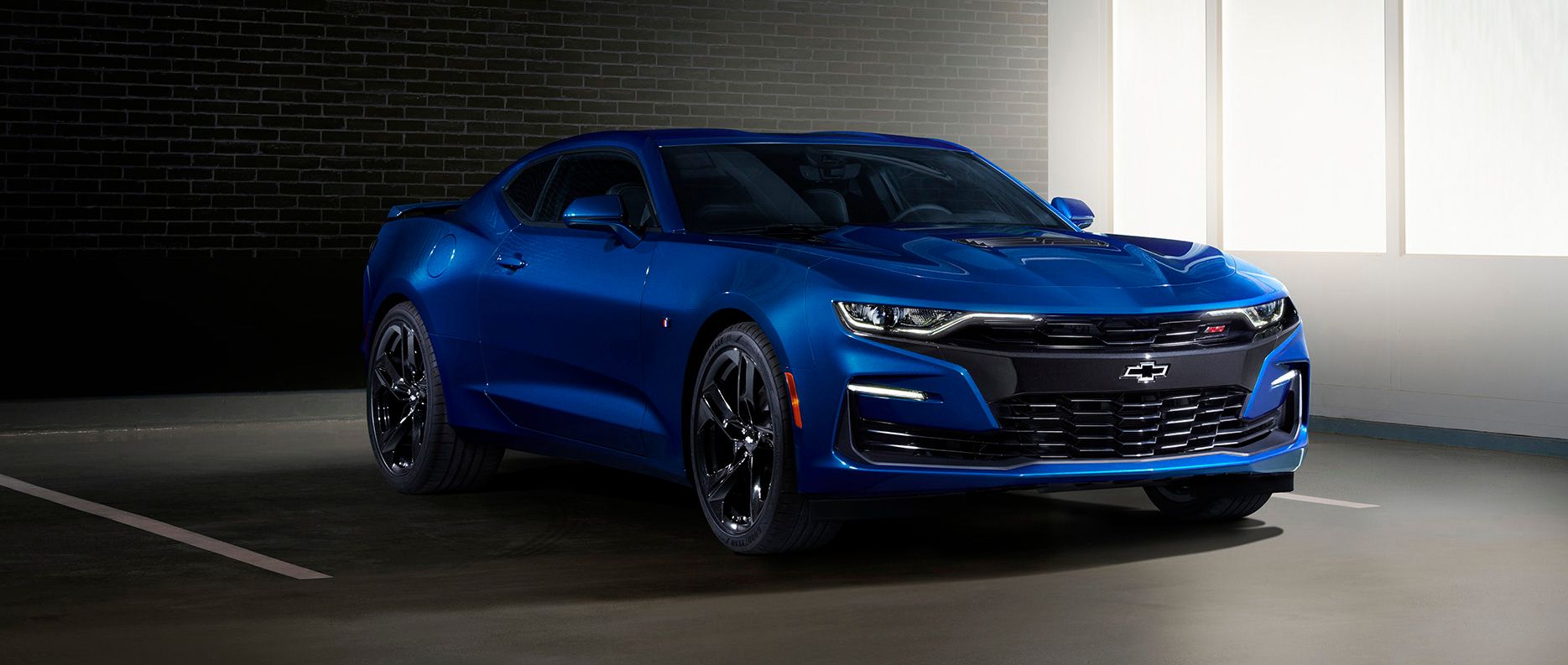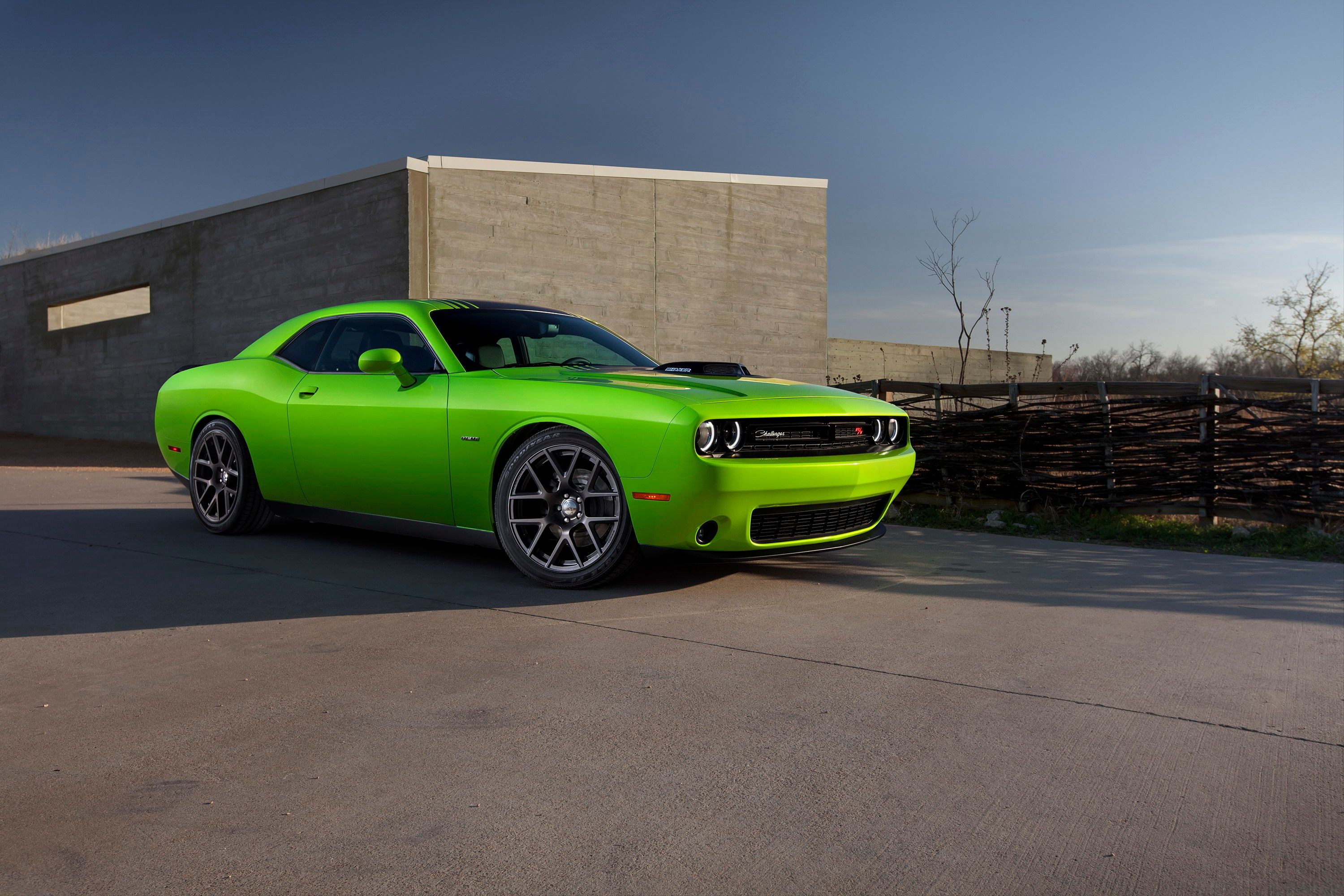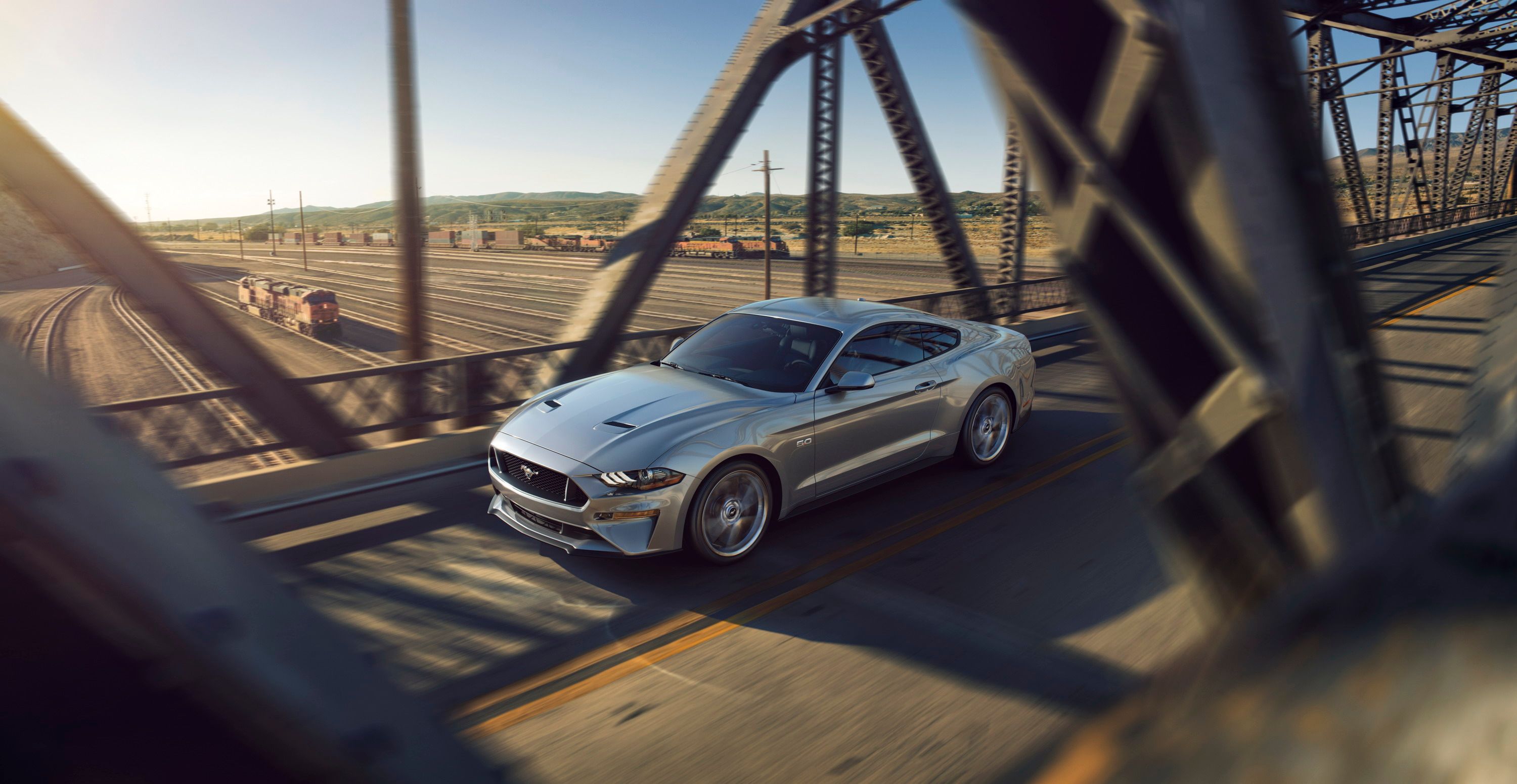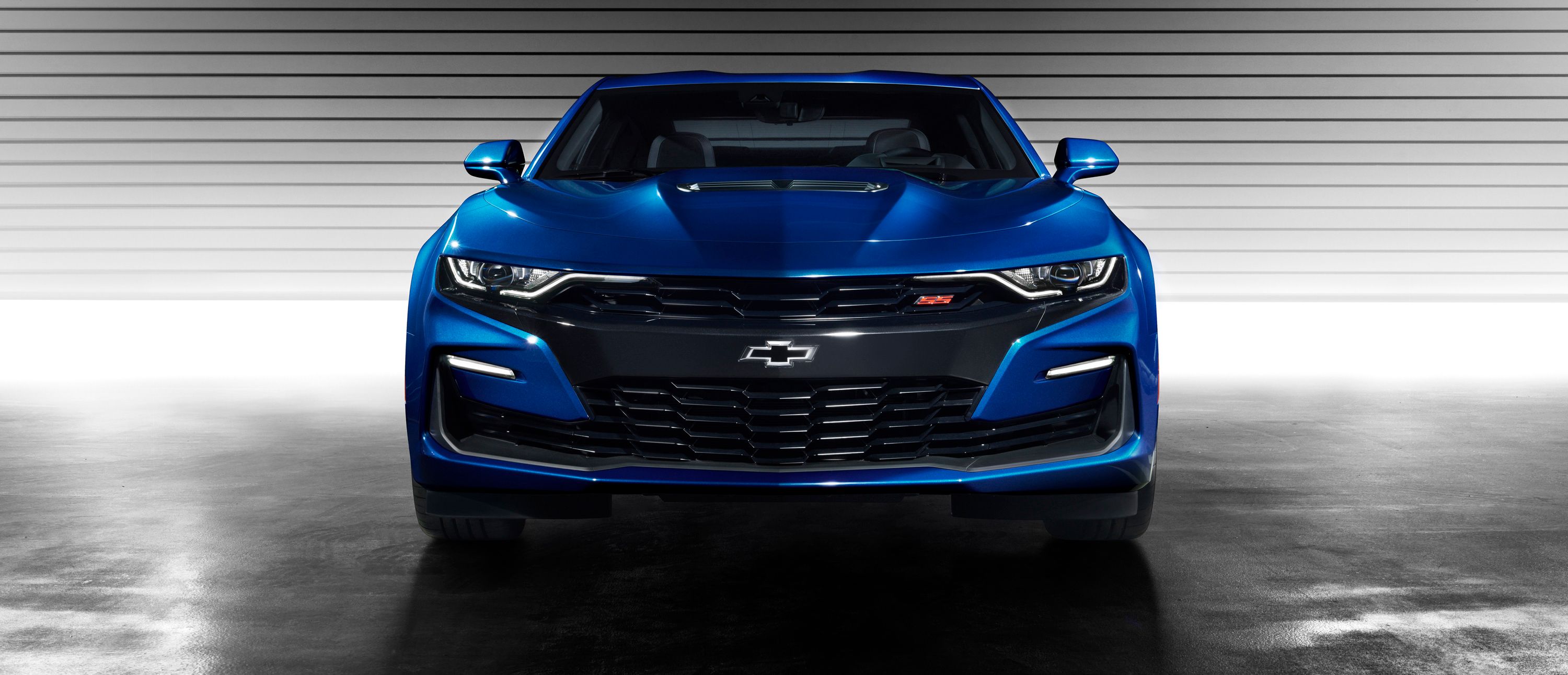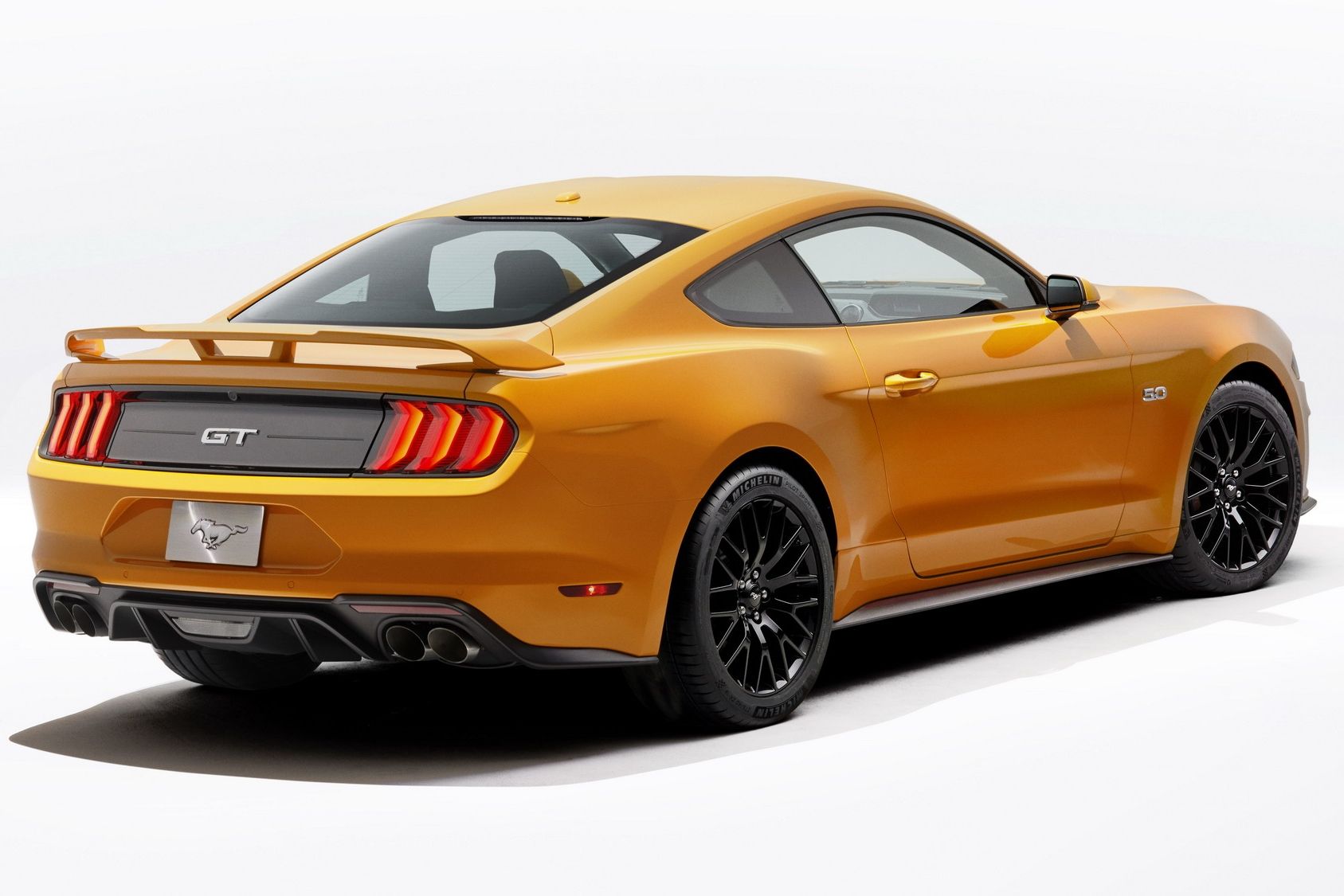The Ford Mustang still rules the roost in the muscle car segment as the Dodge Challenger runs past the Chevrolet Camaro for second place in terms of muscle car sales in 2018. The ‘Stang’s place on top of the standings remains secure, but it’s the Challenger that’s making the headlines, thanks in large part to a stronger-than-expected sales year. Of the three muscle cars, the Dodge pony car is the only one to post year-over-year growth. The Camaro, on the other hand, couldn’t have had a worse year, falling behind its two rivals in the wake of torpedoing sales. 2019 is going to be an interesting year for all three muscle cars, but for now, it’s looking like it’s going to be a two-horse race between the Mustang and the Challenger.
Note: 2018 Dodge Challenger. pictured here.
Well, this is interesting. The Dodge Challenger may not have taken the top spot from the Ford Mustang in the 2018 sales war, but you can make a case that it’s the big winner for 2018.
Note: 2018 Ford Mustang pictured here.
Unfortunately, the Challenger’s strong sales return last year wasn’t enough to usurp the Ford Mustang, which held on to the top spot despite posting a 7.4-percent decline in sales compared to its previous sales total the year before.
Note: 2019 Chevrolet Camaro. pictured here.
If there are people that should be worried, it should be the folks over at Chevrolet. The Camaro, once the one-true rival to the Mustang, has fallen on hard times.
Note: 2019 Dodge Challenger R/T Scat Pack 1320 pictured here.
So why did the Dodge Challenger do well in 2018? Part of it is tied into the number of impressive packages Dodge rolled out for its muscle car, including the Shakedown Package and the R/T Scat Pack 1320, two of my personal favorites. Performance-injected versions like the Challenger SRT Demon and the Challenger SRT Hellcat Redeye could’ve also contributed to the Challenger’s success, especially after all the glowing reviews both models received upon their releases. Momentum is definitely on the Dodge Challenger’s side as it prepares for a year that could include more performance derivatives of the muscle car. Who knows, Dodge could even build limited-run versions of the Redeye Express now that Santa’s on hiatus for the next 11 months.
Note: 2018 Ford Mustang pictured here.
Note: 2018 Ford Mustang pictured here.0}
|
Chevrolet Camaro 2.0T |
Chevrolet Camaro V6 |
Chevrolet Camaro SS |
Dodge Challenger |
Dodge Challenger |
Dodge Challenger |
Ford Mustang EcoBoost |
Ford Mustang GT |
|
|
Engine |
2.0-liter I-4 DOHC VVT DI Turbocharged |
3.6-liter V-6 DOHC VVT DI |
6.2-liter V-8 |
3.6-Liter Pentastar V-6 |
5.7-Liter HEMI® V-8 |
6.4-liter HEMI V-8 |
2.3-liter V-8 |
5.0-liter V-8 |
|
Horsepower |
275 HP @ 5,600 RPM |
335 HP @ 6,800 RPM |
455 HP @ 6,000 RPM |
305 HP @ 6,350 RPM |
375 HP @ 5,200 RPM |
485 HP @ 6,100 RPM |
310 HP @ 5,500 RPM |
460 HP @ 7,000 RPM |
|
Torque |
295 LB-FT @ 3,000-4,500 RPM |
284 LB-FT @ 5,300 RPM |
455 LB-FT @ 4,400 RPM |
268 LB-FT @ 4,800 RPM |
410 LB-FT @ 4,300 RPM |
475 LB-FT @ 4,100 RPM |
350 LB-FT @ 3,000 RPM |
420 LB-FT @ 4,600 RPM |
|
Transmission |
six-speed manual |
six-speed manual |
8-speed automatic |
six-speed manual |
8-speed automatic |
six-speed manual |
6-speed manual |
6-speed manual |
|
Curb weight |
3,354 Lbs |
3,463 Lbs |
3,685 Lbs |
3,894 Lbs |
4,175 Lbs |
4,286 Lbs |
3,531 lbs |
3,743 lbs |
|
0 to 60 mph |
5.5 seconds |
5.1 seconds |
3.9 seconds |
6.2 seconds |
5.1 seconds |
4.4 seconds |
5.3 seconds |
4.5 seconds |
|
Top Speed |
130 mph |
155 mph |
165 mph |
120 mph |
155 mph |
182 mph |
149 mph |
164 mph |
Further reading
Read our full review on the 2019 Chevrolet Camaro.
Read our full review on the 2018 Dodge Challenger.
Read our full review of the latest 2018 Ford Mustang

